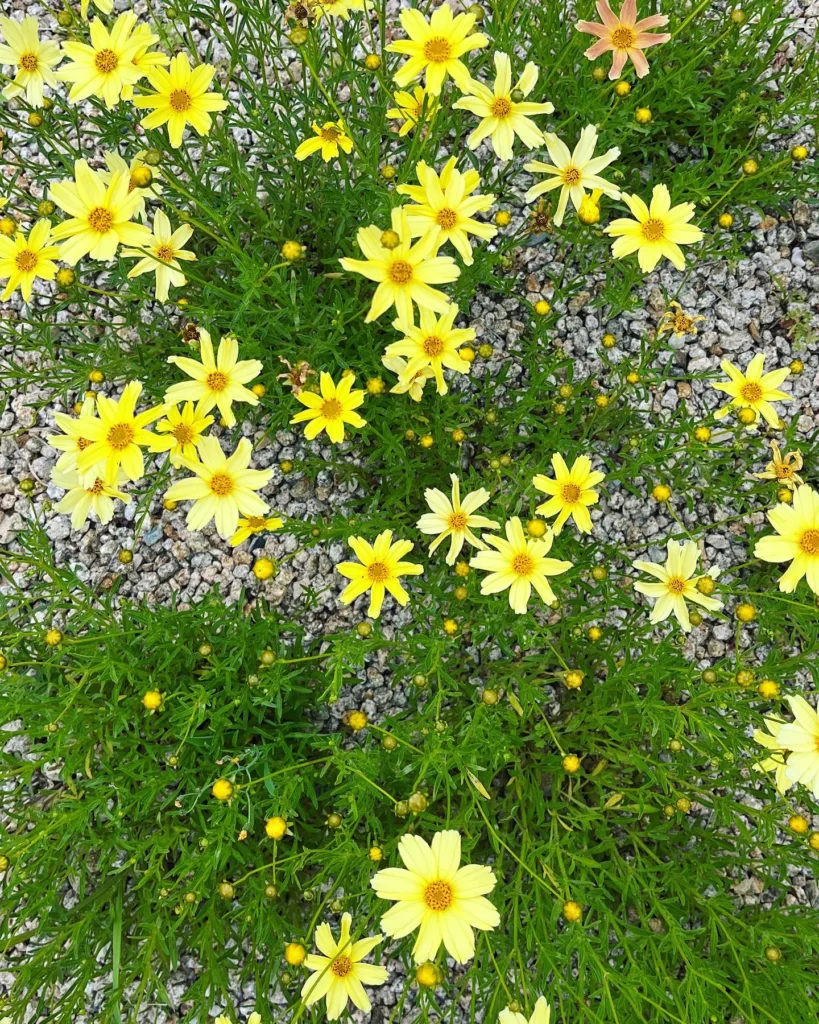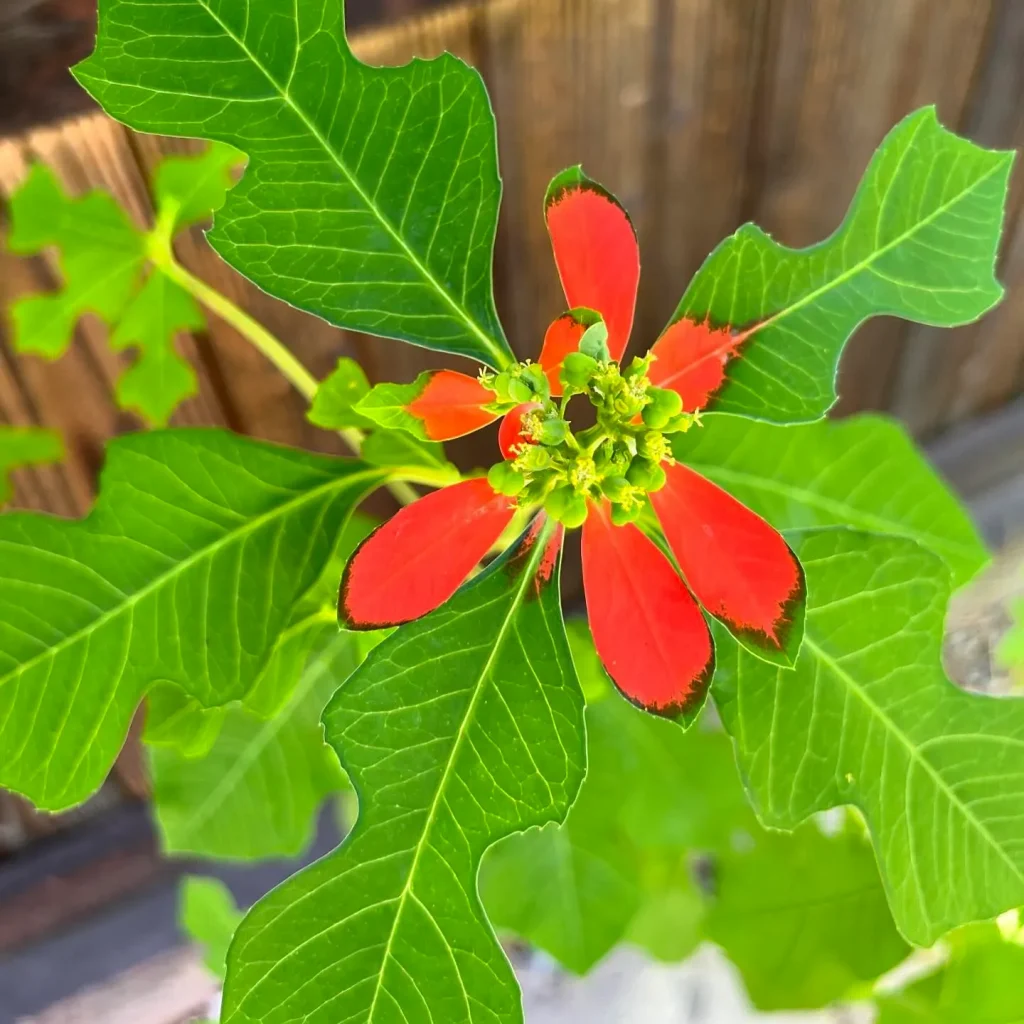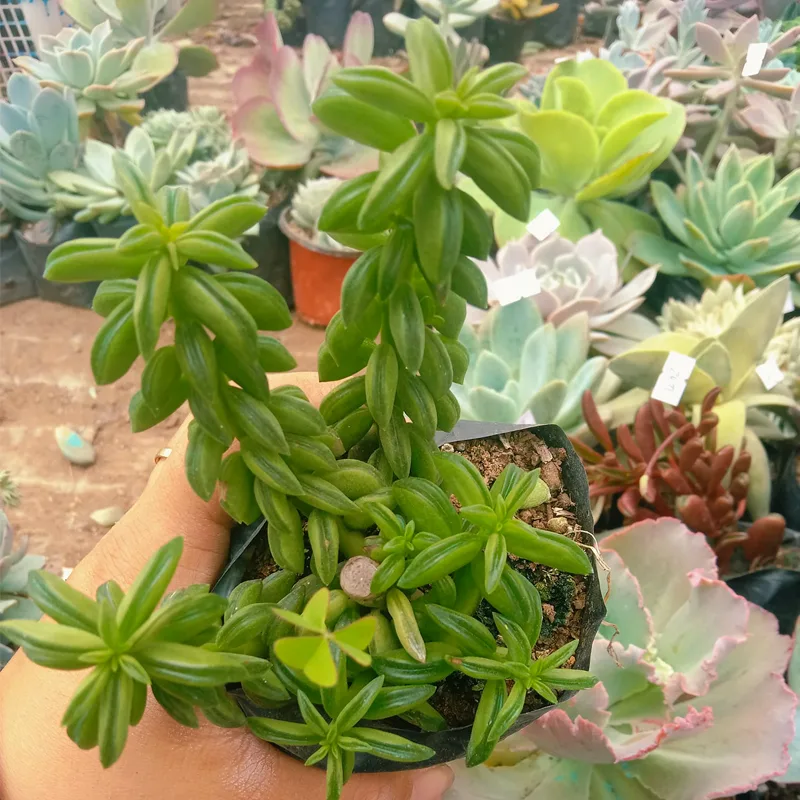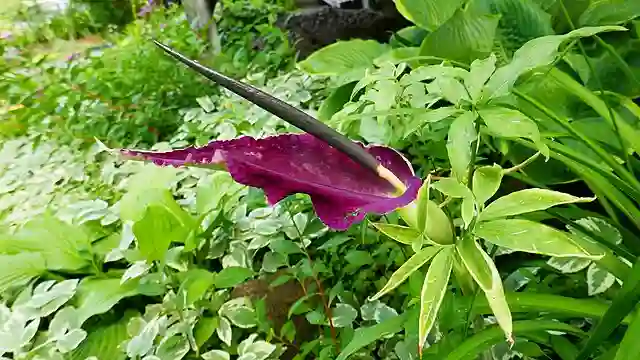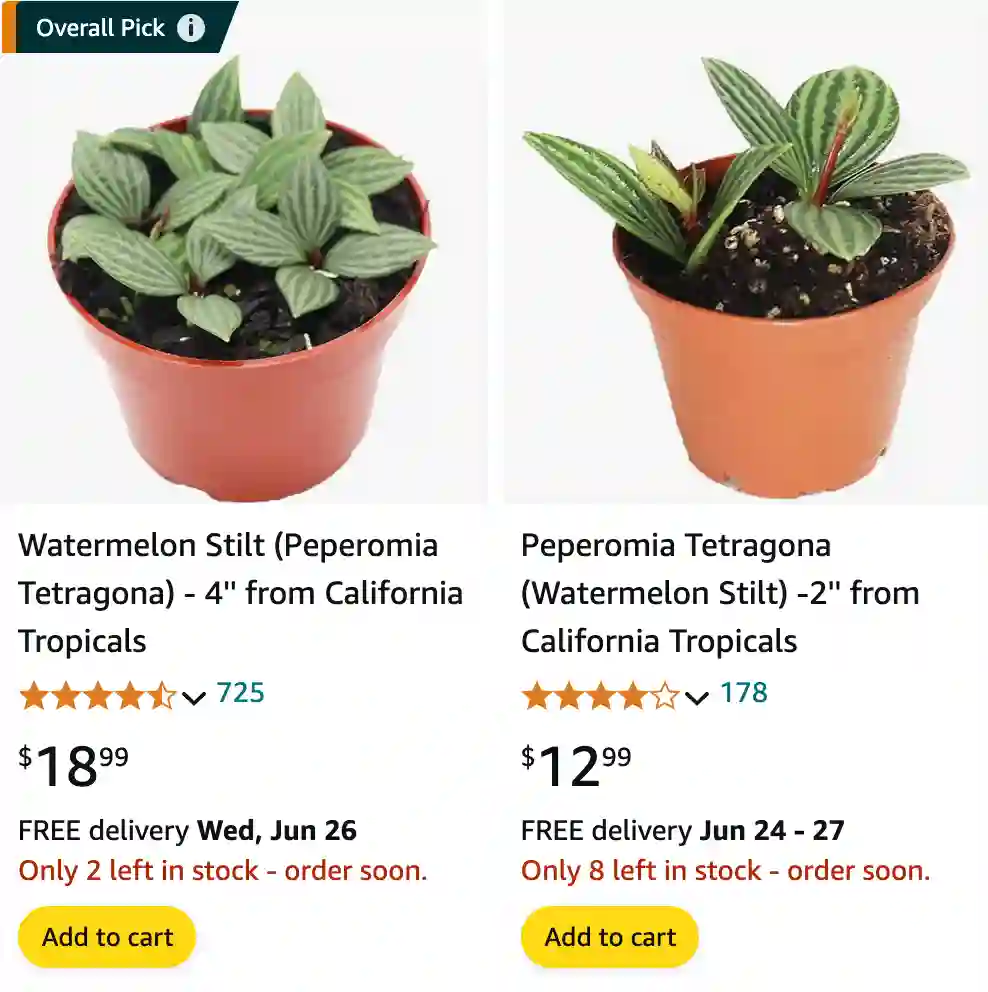
Peperomia Tetragona: The Low-Maintenance Wonder Plant
Hi, Ferb Vu here! Today, I want to talk about a plant that’s become a superstar in my collection – the Peperomia Tetragona, also known as the Parallel Peperomia. This little wonder is a succulent-like dream for anyone who craves beautiful foliage with minimal fuss.
Whether you’re a seasoned plant parent or a complete newbie, the Peperomia Tetragona is an excellent choice. Here, I’ll answer some of the most common questions about this charming little plant.
1424 Species in Genus Peperomia
Light Requirements: Bright But Not Burning
The Peperomia Tetragona thrives in bright, indirect light. Think dappled sunlight filtering through a sheer curtain. Direct sun can scorch the leaves, so avoid placing it on a south-facing windowsill. East or north-facing windows are ideal. If your home lacks natural light, consider supplementing with grow lights during the winter months.
Watering Needs: Less is More
One of the biggest advantages of the Peperomia Tetragona is its tolerance for underwatering. Remember, it’s a succulent relative, so overwatering is the enemy. Here’s my golden rule: water deeply when the top inch of soil feels dry to the touch. Allow the excess water to drain completely, and never let your Peperomia sit in waterlogged soil.
Choosing the Perfect Pot
When it comes to potting your Peperomia Tetragona, opt for a pot with drainage holes. This prevents water from pooling at the roots, which can lead to rot. Select a pot that’s just slightly larger than the root ball. As your Peperomia Tetragona matures, you may need to repot it every 1-2 years into a slightly larger container.
Soil: The Foundation for Success
The ideal soil for your Peperomia Tetragona should be well-draining and airy. A good cactus or succulent mix is a perfect starting point. You can also create your own by combining equal parts potting mix, perlite, and orchid bark. This combination provides excellent drainage and aeration, mimicking the Peperomia Tetragona’s natural habitat.
Feeding Frenzy? Not Quite
The Peperomia Tetragona isn’t a heavy feeder. During the spring and summer growing season, you can fertilize it with a balanced, diluted liquid fertilizer once a month. However, during the fall and winter, feeding can be stopped entirely. Remember, it’s always better to under-fertilize than to over-fertilize.
Common Peperomia Tetragona Problems
While generally a low-maintenance plant, there are a few potential issues to watch out for:
- Overwatering: This is the most common problem. Signs include yellowing leaves, mushy stems, and stunted growth. If you notice these symptoms, stop watering immediately and allow the soil to dry completely.
- Underwatering: While underwatering is less common, it can still occur. Signs include dry, crispy leaves and wilting. If this happens, water the plant deeply and allow the excess water to drain.
- Pests: Mealybugs and scale are occasional visitors. Thankfully, both can be treated with insecticidal soap or neem oil.
Propagating Your Peperomia Tetragona: Sharing the Joy
One of the joys of owning a Peperomia Tetragona is its ease of propagation. You can multiply your plant through stem tip cuttings. Here’s how:
- Identify a healthy stem with a few nodes (leaf junctions).
- Using a sharp, sterilized knife, cut the stem just below a node.
- Remove the lower leaves, leaving a few nodes exposed.
- Plant the cutting in a pot filled with a well-draining soil mix.
- Water lightly and keep the soil moist but not soggy.
- Place the pot in bright, indirect light.
With patience, you should see roots developing within a few weeks.
Peperomia Tetragona vs Other Popular Plants: Striking Similarities
The Peperomia Tetragona has several interesting look-alikes in the plant world. Here’s a quick comparison:
- String of Pearls (Senecio Rowleyanus): Both share a love for bright, indirect light and well-draining soil. However, the String of Pearls boasts bead-like, trailing foliage, while the Peperomia Tetragona has upright, structured leaves.
- ZZ Plant (Zamioculcas Zamiifolia): Both are known for their low-maintenance nature. However, the ZZ Plant features glossy, dark green leaves, while the Peperomia Tetragona has a lighter, variegated foliage.
Peperomia Tetragona vs Puteolata
Peperomia Tetragona and Peperomia Puteolata are entangled in a debate over the official name, with Tetragona being regarded as the accurate scientific denomination and Puteolata as synonymous; these plants employ their stems and leaves to ascend tree trunks and rocks, seeking optimal growth conditions.
Peperomia Tetragona vs Angulata
Peperomia Tetragona and Angulata (also known as Peperomia Quadrangularis) share a striking resemblance, characterized by small oval leaves with lengthwise ribs in a lighter green shade compared to the leaf background; while angulata exhibits a slightly darker green hue with fewer, yet deeper, ribs on the leaves.
Conclusion: The Peperomia Tetragona – A Plant for Everyone
The Peperomia Tetragona is a fantastic choice for plant enthusiasts of all levels. Its compact size makes it ideal for apartments, windowsills, or terrariums, adding a touch of botanical charm to any space. With its architectural form and easy-going nature, the Peperomia Tetragona is sure to become a treasured member of your plant family.
If i die, water my plants!
